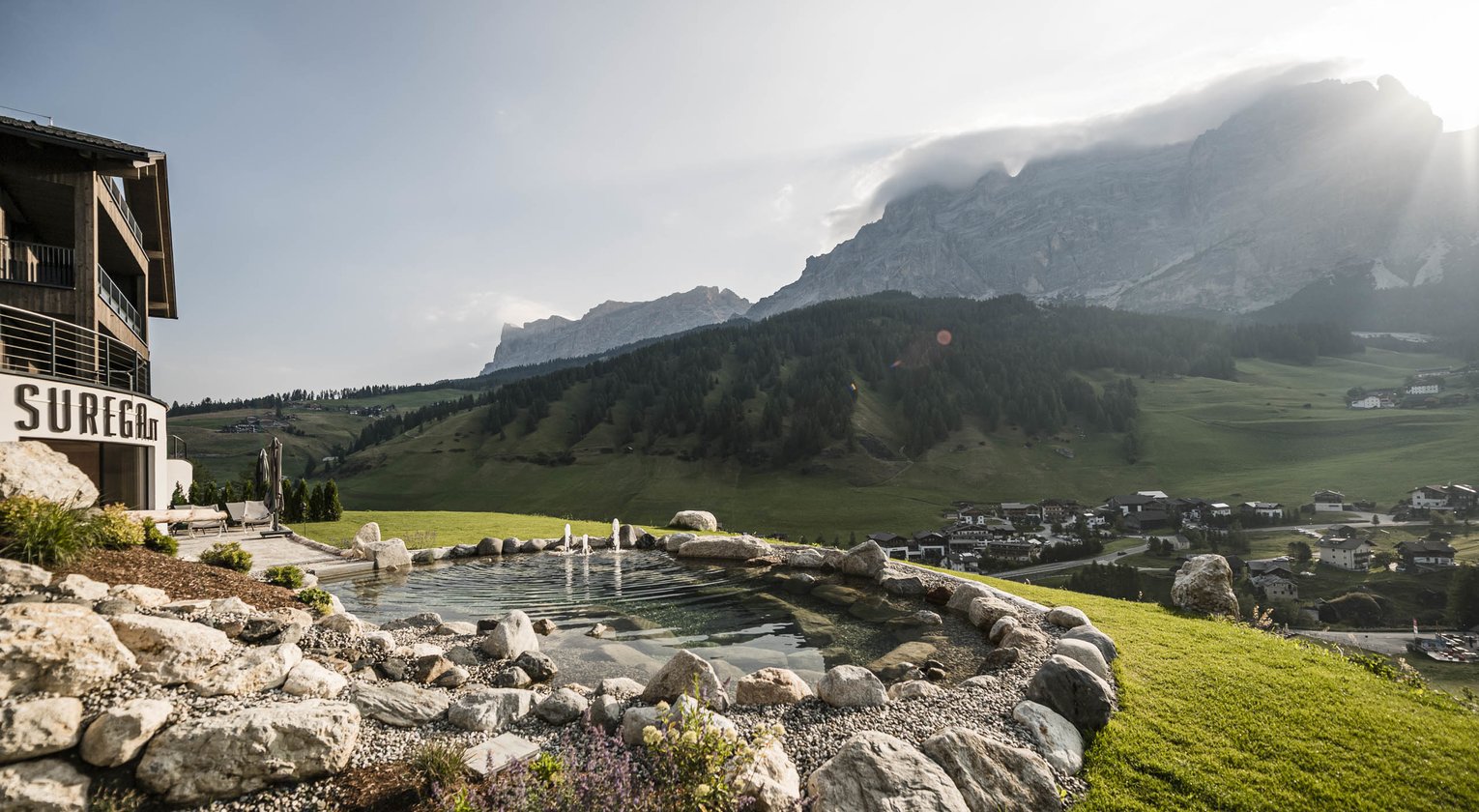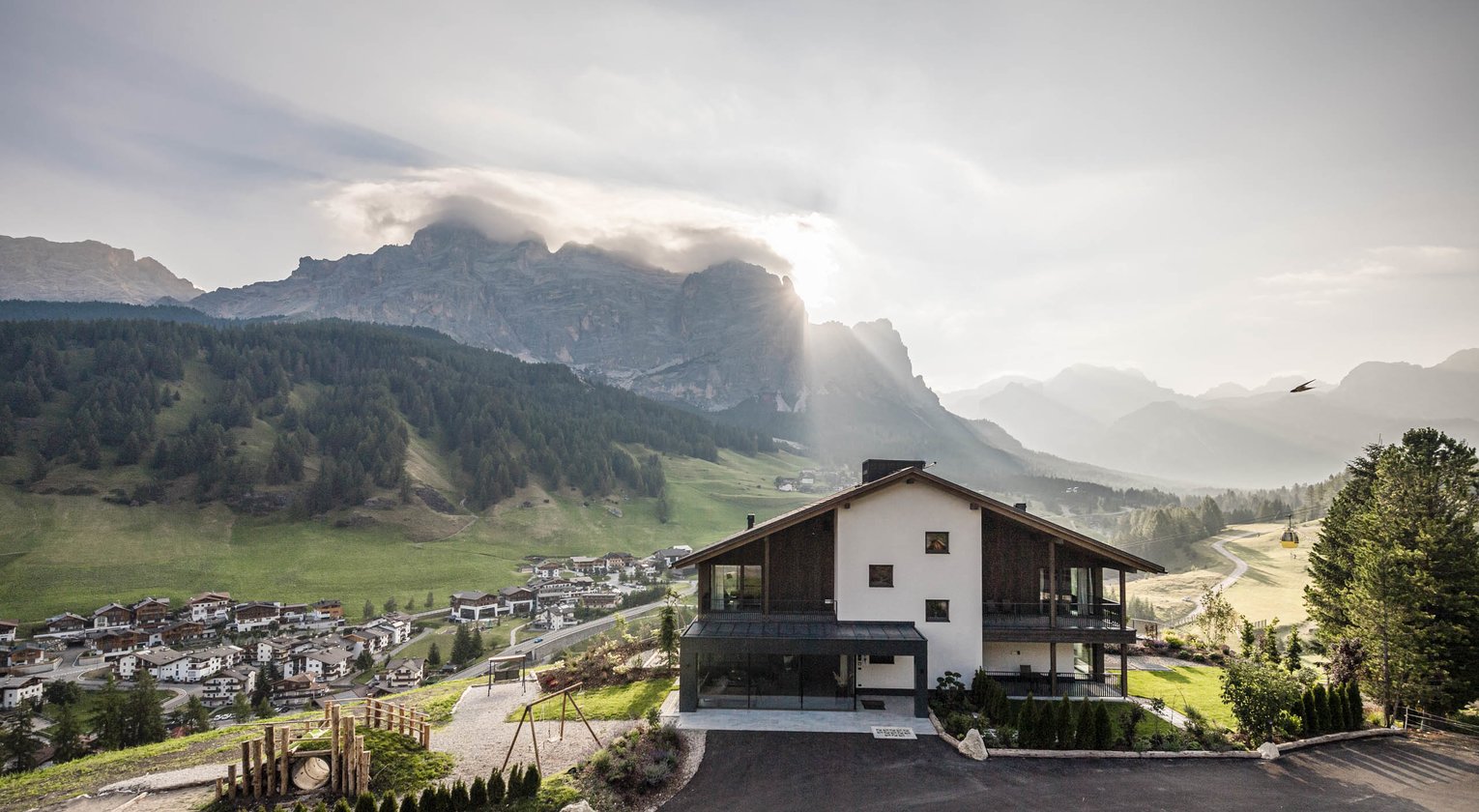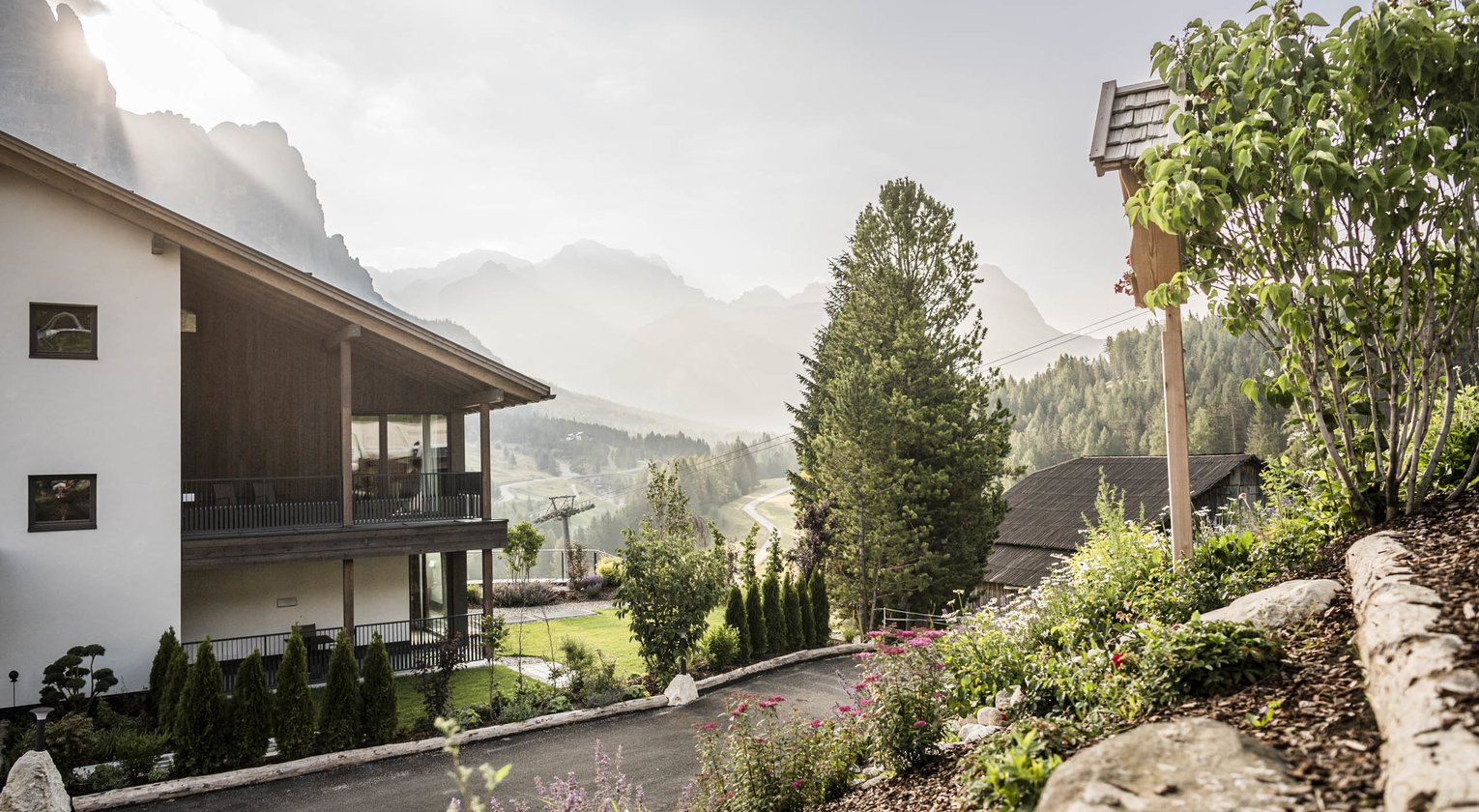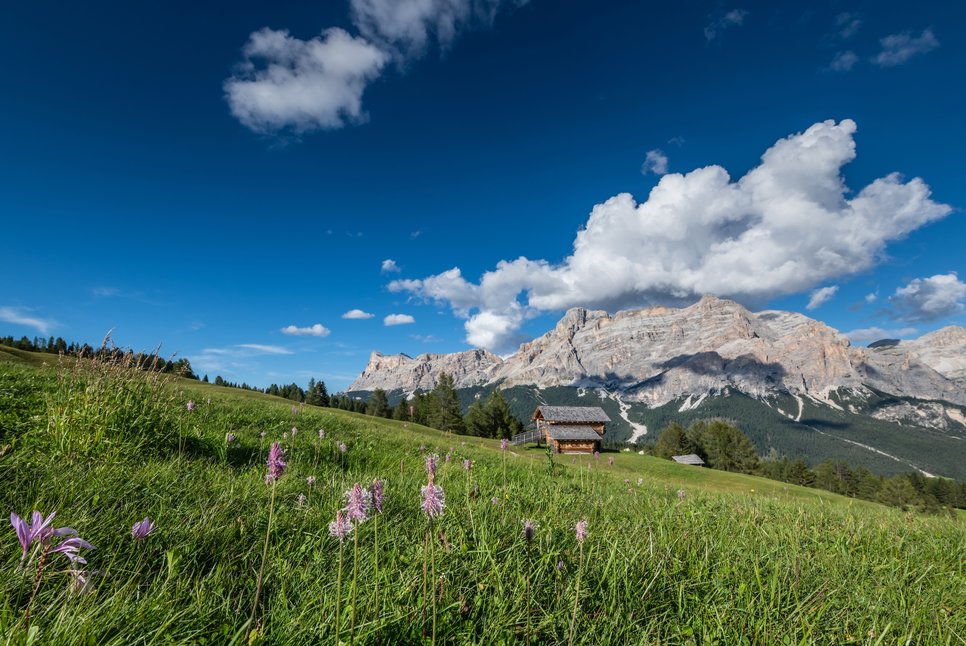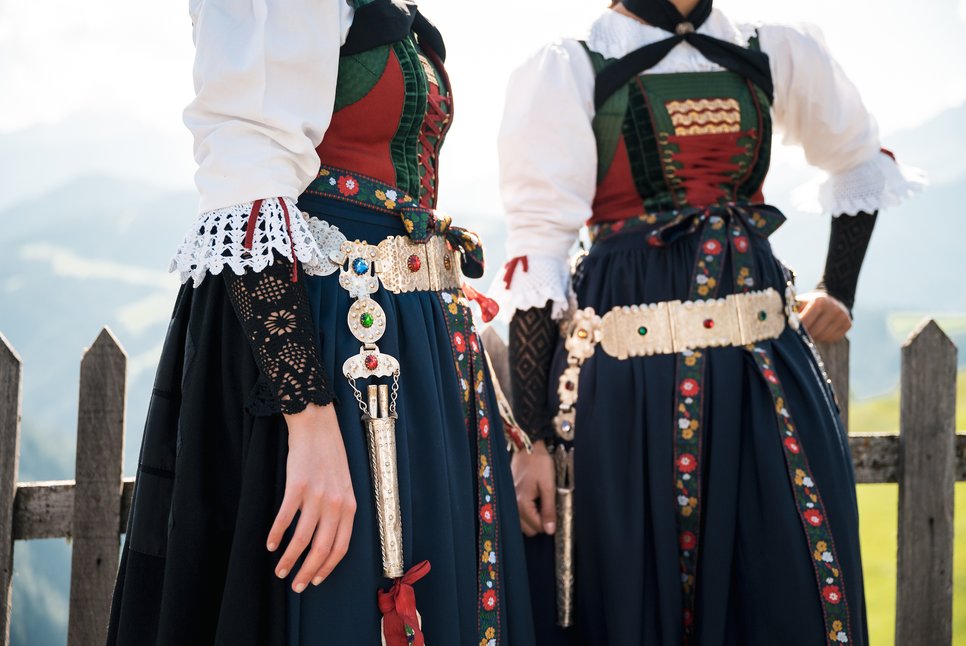The history of San Cassiano
The history of San Cassiano
The green synclines and the wide mountain meadows have always been ideal pasture areas. In the course of time shepherds with their herds started settling down in this area and cleared forests in order to lay out crop fields. The small but constantly growing settlement was called “Armuntarora”, which means the alpine pasture of cattle. In 1004 the Episcopal principality of Bressanone and Trento was founded.
Iron ore
Iron ore
Already in 1027 King Konrad II enlarged the Episcopal principality of Bressanone by the area of Valparola up to Caprile with the incorporation of Buchenstein and Colle S. Lucia. In the mine of Fursill at the foot of the Monte Pore, iron ores were extracted, which were smelted in furnaces as long as there were enough wood reserves. Some aristocrats, who wanted to avenge themselves on the prince-bishop due to the fact that they had not been appointed administrators, sold their enormous wood stock for the construction of Venice so that the furnaces had to be transferred. In fact, at the beginning of 1600 they were transferred and the iron ore had to be carried across the Valparola pass, despite enormous difficulties regarding transportation. Not only for San Cassiano, but for the whole valley, the furnaces were of importance, as the Iron ore was of high quality. The iron ore became famous as “iron of the lamb”, as the lamb was stamped on the iron ore as a symbol of the diocese of Bressanone. Still today on the belt of the traditional women’s costume of the valley, there is a silver-coated lamb as symbol for the affiliation of the diocese of Bressanone. Still today the bishop of Bolzano-Bressanone is in possession of grazing rights in the Valparola area.


